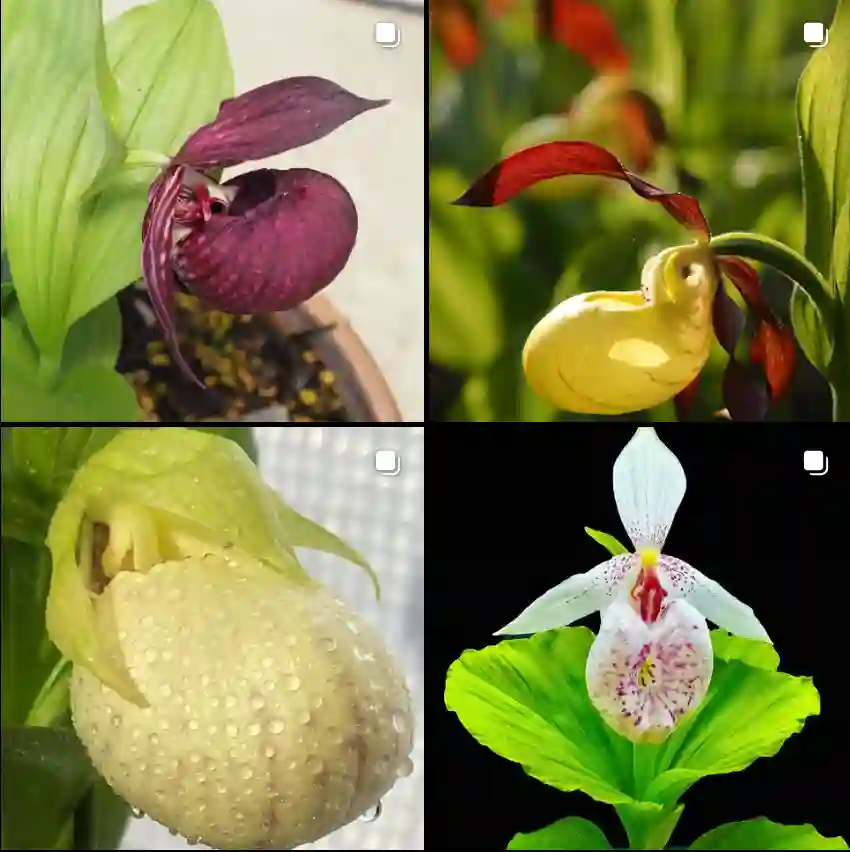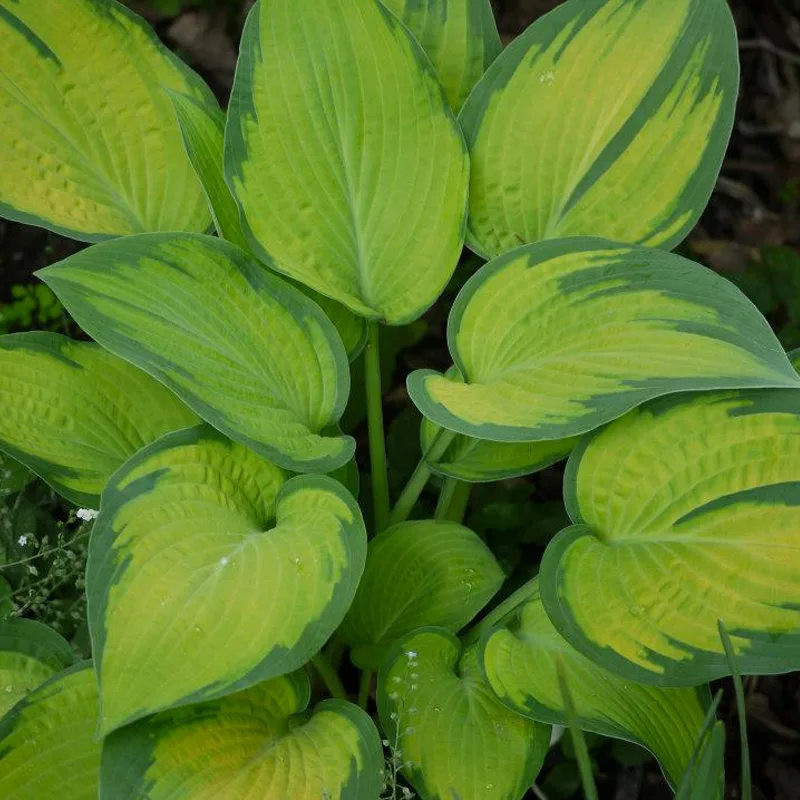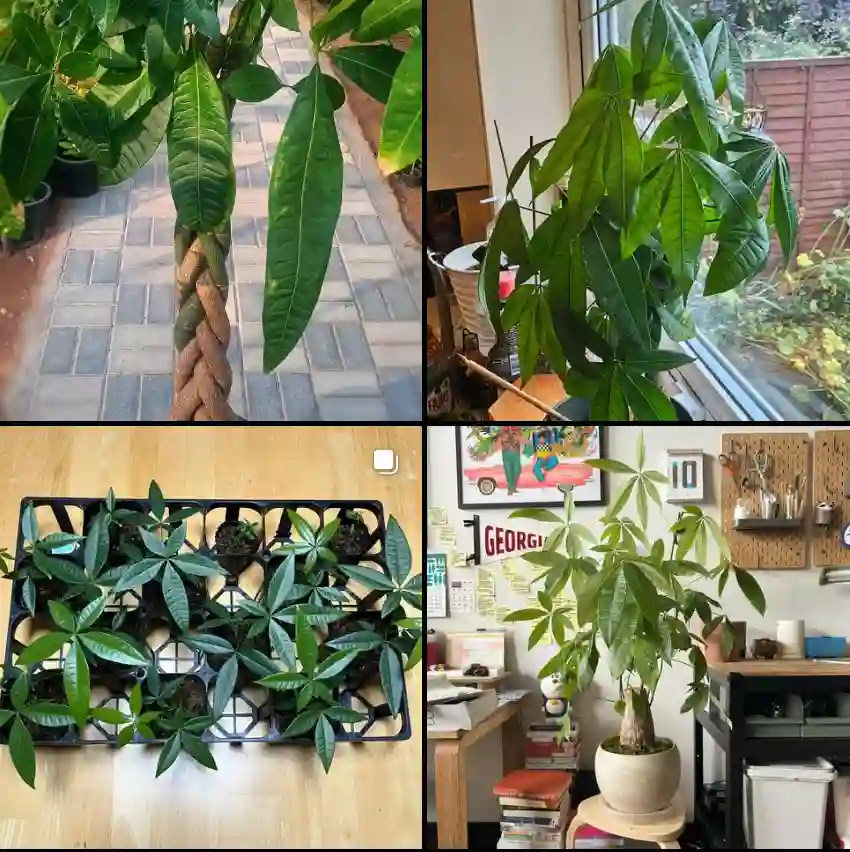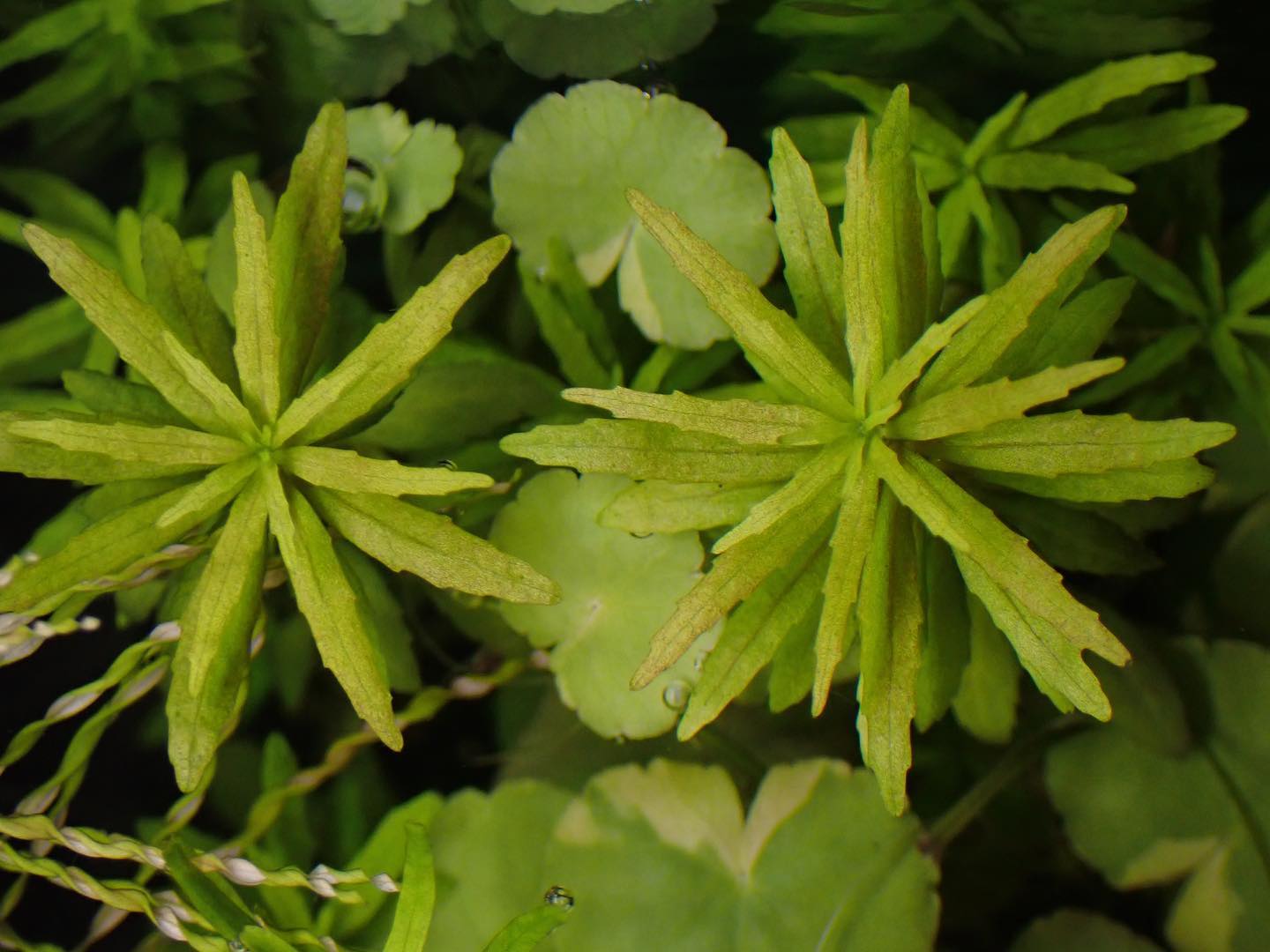My Fascination with the Cunoniaceae Family
As a botanist, I’ve always been captivated by the diversity and intricacies of the plant kingdom. One family that has particularly piqued my interest is the Cunoniaceae. This group of flowering plants, native primarily to the Southern Hemisphere, boasts a remarkable array of species, each with its unique characteristics and ecological roles.
The Cunoniaceae Clan: An Overview
The Cunoniaceae family comprises about 27 genera and approximately 350 species. These plants are predominantly woody, ranging from shrubs and trees to lianas. They are found in a variety of habitats, from tropical rainforests to temperate woodlands, and play vital roles in their respective ecosystems.
Genera
The Cunoniaceae family encompasses a diverse cast of genera, each with its distinctive features.
- Cunonia: The namesake genus of the family, Cunonia, is known for its attractive foliage and fragrant flowers.
- Weinmannia: This genus is widespread throughout the Southern Hemisphere and comprises a variety of species, from small shrubs to towering trees.
- Geissois: Native to New Caledonia and Australia, Geissois is recognized for its colorful flowers and ornamental foliage.
- Pancheria: This genus is endemic to New Caledonia and is characterized by its unique inflorescences and distinctive fruits.
- Ackama: Found in Australia and New Zealand, Ackama is known for its elegant foliage and fragrant flowers.
- Davidsonia: This genus is endemic to Australia and is prized for its edible fruits, known as Davidson’s plums.
- Schizomeria: Native to Australia and New Guinea, Schizomeria is recognized for its distinctive fruits and ecological significance.
- Acrophyllum Benth.
- Aistopetalum Schltr.
- Anodopetalum A.Cunn. ex Endl.
- Bauera Banks ex Andrews
- Caldcluvia D.Don
- Callicoma Andrews
- Ceratopetalum Sm.
- Codia J.R.Forst. & G.Forst.
- Eucryphia Cav.
- Gillbeea F.Muell.
- Hooglandia McPherson & Lowry
- Karrabina Rozefelds & H.C.Hopkins
- Lamanonia Vell.
- Opocunonia Schltr.
- Platylophus D.Don
- Pseudoweinmannia Engl.
- Pterophylla D.Don
- Pullea Schltr.
- Spiraeanthemum A.Gray
- Vesselowskya Pamp.
Cunoniaceae Characteristics: A Closer Look
The Cunoniaceae family exhibits a range of characteristics that set it apart from other plant groups.
- Leaves: The leaves of Cunoniaceae plants are typically oppositely arranged, simple or compound, and often possess serrated margins.
- Flowers: The flowers are usually small, inconspicuous, and arranged in clusters or panicles. They are typically bisexual, with four or five sepals and petals.
- Fruits: The fruits of Cunoniaceae plants vary widely, ranging from capsules and follicles to drupes and berries.
- Ecological Roles: Cunoniaceae plants play essential roles in their ecosystems, providing food and shelter for a variety of animals. They also contribute to soil stabilization and nutrient cycling.
Cunoniaceae Conservation: A Pressing Concern
Despite their ecological importance, many Cunoniaceae species are facing threats due to habitat loss, deforestation, and climate change. Conservation efforts are crucial to protect these valuable plants and ensure their continued survival.
The Cunoniaceae Connection: My Personal Journey
My fascination with the Cunoniaceae family began during my early years as a botany student. I was immediately drawn to their unique characteristics and ecological significance. Over the years, I’ve had the opportunity to study these plants in their natural habitats, from the rainforests of Australia to the cloud forests of New Caledonia.
My research has focused on the taxonomy, evolution, and conservation of Cunoniaceae plants. I’ve also been involved in several projects aimed at promoting the sustainable use of these plants and their products.
Cunoniaceae: A Family Worth Exploring
The Cunoniaceae family is a treasure trove of botanical wonders, offering endless opportunities for exploration and discovery. From their diverse morphology and ecological roles to their economic and cultural significance, these plants have much to offer.
Whether you’re a seasoned botanist or a budding enthusiast, I encourage you to delve deeper into the world of the Cunoniaceae. You’ll be amazed by the beauty, complexity, and resilience of these remarkable plants.
If i die, water my plants!



